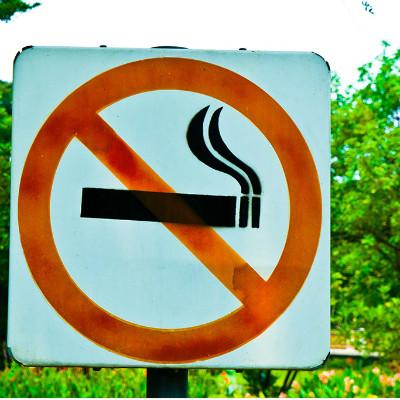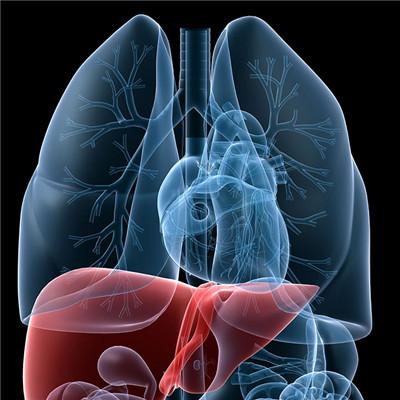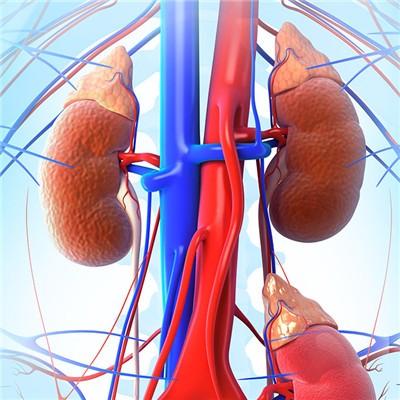How to treat ammonia poisoning
summary
The treatment of ammonia poisoning is supportive therapy. It should be carefully examined for laryngeal obstruction, mucosal injury and abnormal gas exchange. Patients with pulmonary edema on chest X-ray or increased PaO2 on arterial blood gas analysis should be hospitalized for at least 24 hours. The treatment included oxygen inhalation, bronchodilator, airway maintenance and auxiliary ventilation. There is no evidence that corticosteroids or other anti-inflammatory drugs are effective in the treatment of ammonia inhalation.
How to treat ammonia poisoning
First: quickly get away from the poisoning scene and breathe fresh air or oxygen. Respiratory stimulants can be used when breathing is shallow or slow. Cardiopulmonary resuscitation should be performed immediately in patients with respiratory or cardiac arrest. We should not give up easily. Tracheal intubation or tracheotomy should be done quickly for laryngospasm and vocal cord edema.

Second: take off clothes and thoroughly clean the skin exposed to ammonia with clean water or 1% - 3% boric acid water. The eyes were rinsed with 1% - 3% boric acid water, then antibiotics and cortisone eye drops were given.

Third: intravenous drip of 10% glucose solution, calcium gluconate, adrenocortical hormone and antibiotics to prevent infection and laryngeal edema.

matters needing attention
(1) The treatment pressure should not be too high, 0.2MPa is appropriate. The pressor time should be extended to 40-50 minutes to avoid severe pressure change and blockage of respiratory tract by falling off substances. The decompression time should be prolonged for 40-50 minutes. The stable pressure time is not changed, and the oxygen inhalation time can not be extended at will. (2) During hyperbaric oxygen treatment, medical staff should accompany the cabin for monitoring, endotracheal intubation and tracheotomy articles should be prepared, sputum aspirator and big empty needle should be prepared. Routine treatment should not be interrupted in the cabin. (3) After the first hyperbaric oxygen therapy, if the hypoxia correction is not satisfactory, and the pulmonary edema and brain edema are not controlled, the hyperbaric oxygen therapy can be carried out again after the portal hour.














